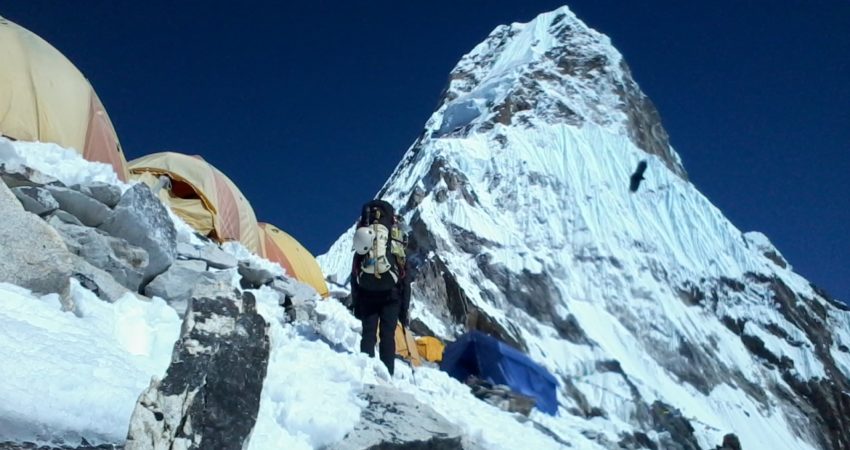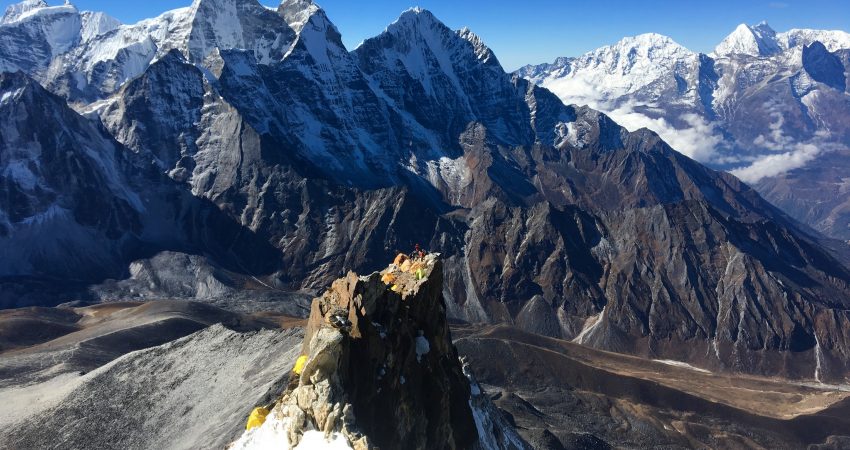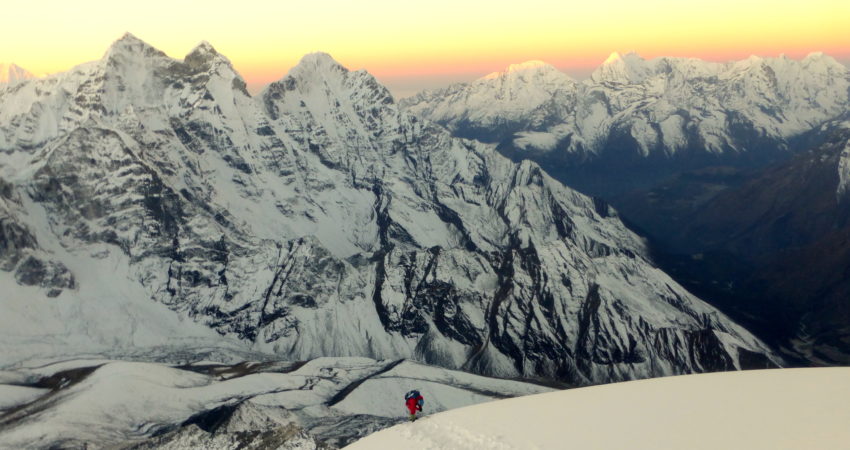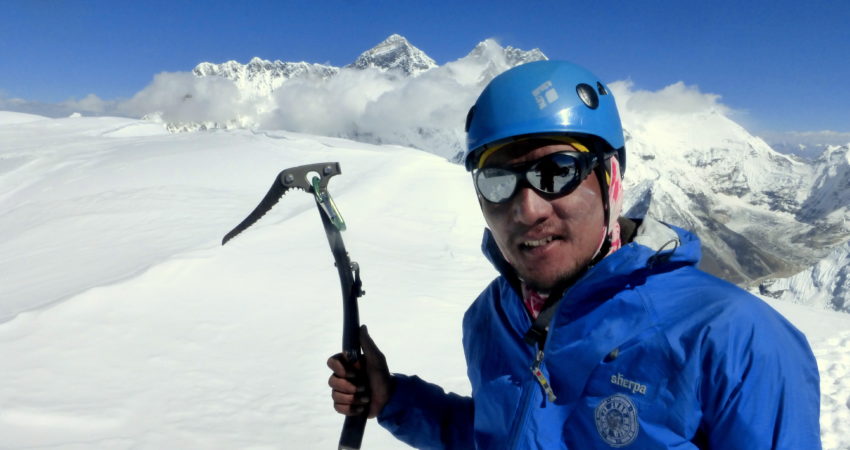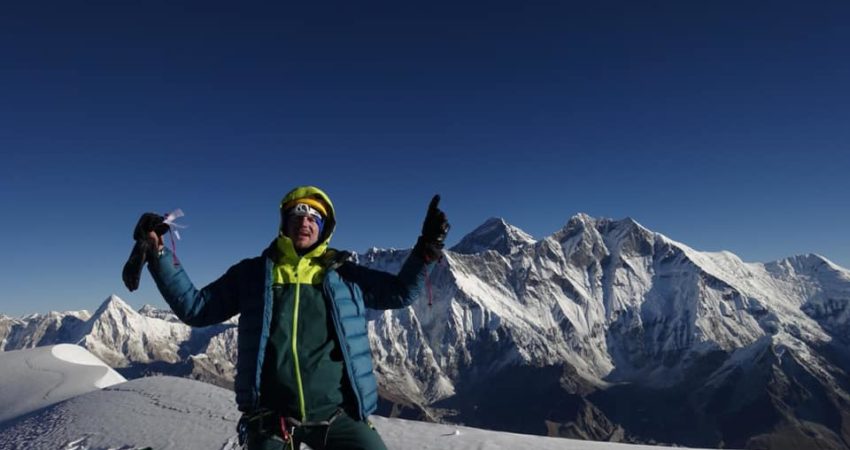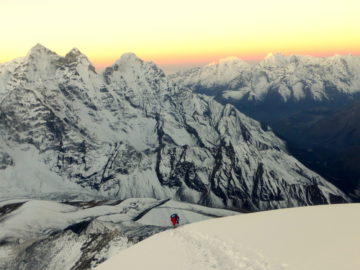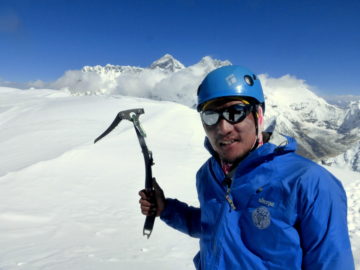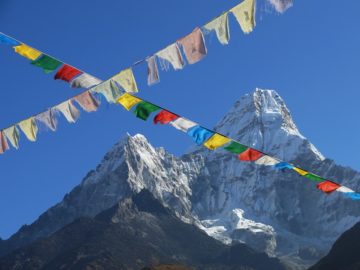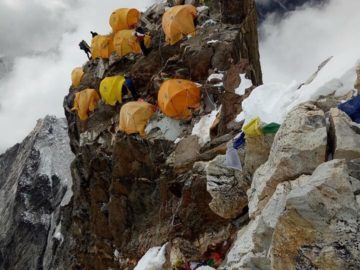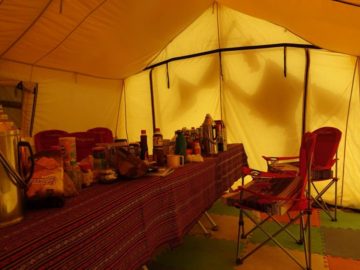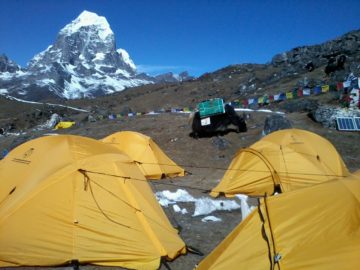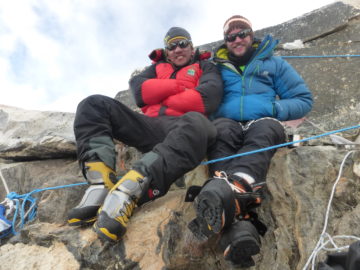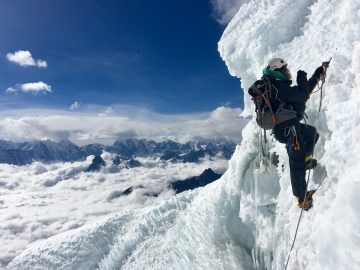Meet our guide and representative in USA

Phura Geljen Sherpa
Email: Phura9nine@gmail.com
Phone: +1- 206-407-7745
Phura Sherpa is a professional guide, leader and well experienced mountaineer who has already been at Everest summit 5 times Phura Geljen Sherpa currently holds a highest international guiding certification awarded by (IFMGA) International Federation of Mountain Guide Association .With more than 15 years of professional experience in trekking and mountaineering field, you will surely have the best of adventures around Himalayas in safest and perfect way possible.
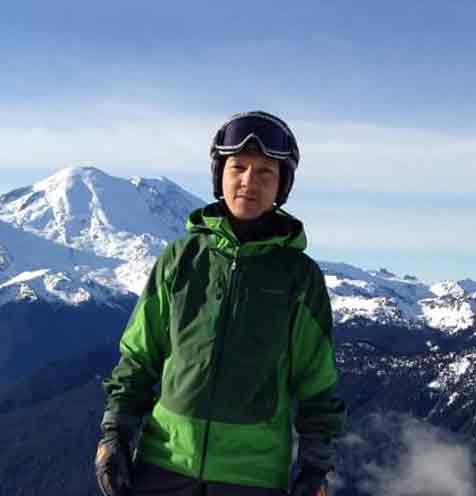
Ang Dawa Sherpa
Email: angsherpatrack@gmail.com
Phone: +1-206-330-6533
Ang Sherpa currently resists in Seattle. He holds many years of experience in leading varieties of treks and expeditions around Himalayan countries of Nepal, Tibet and Bhutan. From less demanding treks and tours to challenging adventures .
He also took his passion of culinary arts to next level by establishing ‘Restaurant Himalayan Sherpa House’ in Seattle WA where he offers the food that has comported him while living and leading Himalayan trekking adventures.
He also took his passion of culinary arts to next level by establishing ‘Restaurant Himalayan Sherpa House’ in Seattle WA where he offers the food that has comported him while living and leading Himalayan trekking adventures.
We are looking forward partnering with national and international companies, leaders guides, individual professionals and organization from across the globe.
